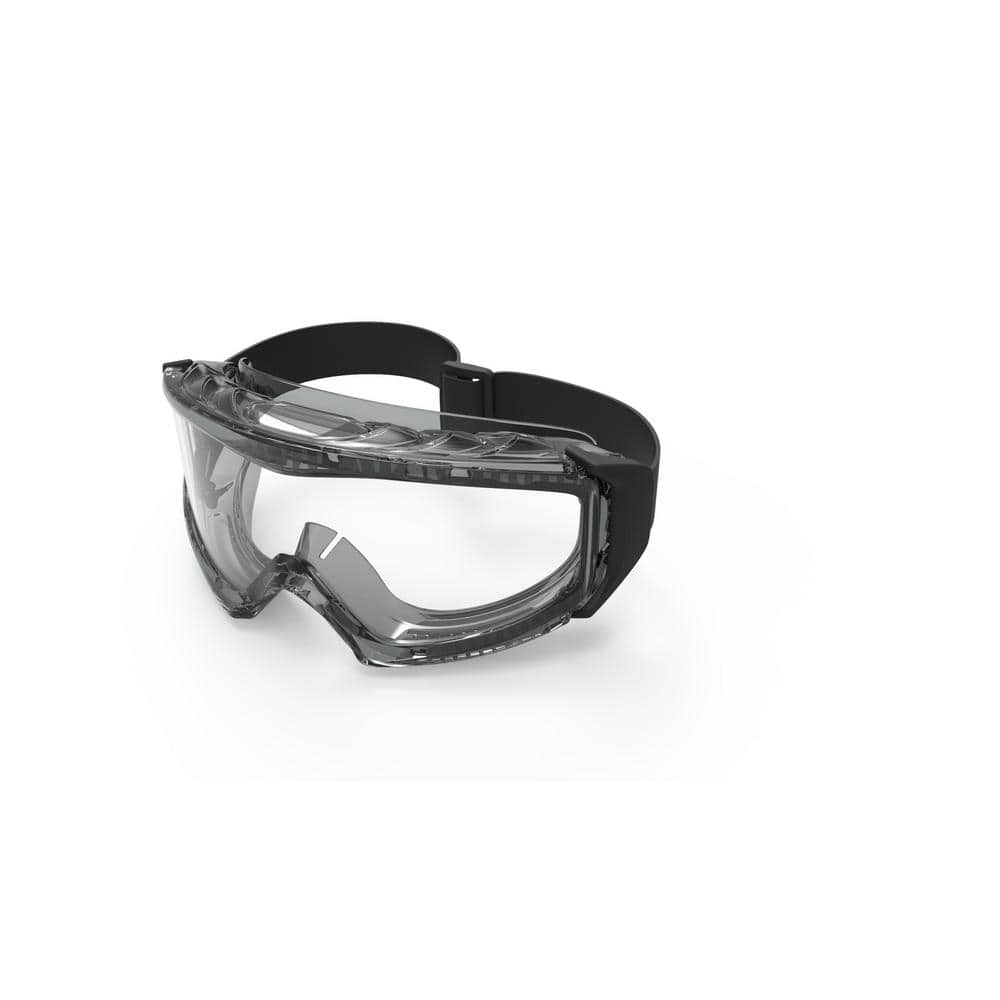Best Circular Saw Blades for Your Project

Last updated April 10, 2025
Circular saw blades are designed for use with miter saws, table saws, radial arm saws, cut-off saws and standard circular saws. Many circular blades can be used interchangeably between devices. This guide will help you choose the best circular saw blades for any project you're tackling.
Safety Tip: Always wear eye and hand protection when using circular saws.
Table of Contents
Circular Saw Blade Types & Applications
Which Circular Saw Blade Do You Need?
Circular Saw Blade Features
Circular Saw Blade Types & Applications

The circular saw blade you choose depends on what you're cutting and how you're cutting it. Most manufacturers offer blades designed for specific materials, such as laminate, aluminum and plywood. The recommended applications are usually printed on the saw blades for easy identification.
Specialized blades deliver better results for the recommended use than all-purpose blades, but you'll have to change blades more often.
Combination blades are popular because they minimize downtime due to blade changes. But the crosscuts and rips can be of a lower quality than if specialized blades were used for each cut.
Which Circular Saw Blade Do You Need?

The type of blade you need will depend on the project you’re taking on. Here are the various types of circular saw blades and their recommended uses:
- Crosscut: Crosscutting wood (cutting across the grain)
- Ripping: Ripping wood (cutting with the grain). Should not be used on plywood.
- Combination: All-purpose wood cutting.
- Fine-tooth finish: Making very smooth cuts.
- Finish or paneling: Cutting paneling, veneer, plywood, laminates, plastics and other light-gauge materials.
- Nail-cutting: Wood with nails or other foreign objects.
- Metal-cutting: Metal sheets and pipe.
- Abrasive wheel: Masonry and metal.
- Dry-diamond: Masonry and tile.
- Dado-cut: For use on radial-arm and table saws only. Dado and rabbet cuts in wood (groove cuts).
Circular Saw Blade Features

Choose the number of teeth, the angle of the tooth hook and laser-cut features on your blade to match your project's needs.
- Price: Circular saw blades vary widely in price. More expensive blades usually have features that extend the longevity of the blade while enhancing performance. Inexpensive blades may dull quickly or produce rougher cuts, so make sure you weigh the benefits of each blade in addition to the initial cost.
- Teeth: Blades with more teeth yield a cleaner cut. Blades with fewer teeth deliver faster cuts with rougher edges. The number of teeth should always be considered in relation to the diameter of the blade. Fewer teeth create larger gullets, removing material quickly and reducing clogging, which is important for lengthwise cuts.
- Tooth hook: The attack angle of the tooth (positive, neutral or negative). An aggressive positive hook produces faster cuts but tends to increase tear out.
- Expansion slots: Slots in the blade that prevent warping by allowing the metal to expand and cool when it gets hot.
- Laser-cut features: Laser-cutting delivers a more precise result than stamping, enhancing accuracy and performance. Look for laser-cut bodies, arbors and expansion slots on saw blades for higher quality cuts.
- Coating: Some blades are coated to prevent corrosion, friction and/or gum up, extending blade life.
Once you understand the best circular saw blades for every material, it's easy to take on home projects with confidence. Before deciding which circular saw blades to use and invest in, consider taking advantage of the convenient tool rental options at The Home Depot. You can rent trucks, power tools and different types of circular saw blades to complete your project.






























